Iranian festivals and ceremonies as tourist attractions
Festivals, rituals, events, and traditions are among the variety of interesting factors that make a distinction. The distinction is a critical factor motivating tourists to travel around the globe. In addition to its historical importance, Iran has a variety of ancient traditions still practiced by its people. Here are some of the most famous Iranian festivals and ceremonies explained in detail to help you get familiar with Iranian culture. If you are planning to visit Iran, here is the link to Iran online visa form.
Chaharshanbeh Suri
Chaharshanbe Suri, known as the Festival of Fire, is one of the Iranian festivals celebrated on the eve of the last Wednesday before Nowruz. The origin of the festival dates back to the early Zoroastrian era. This festival is celebrated with fireworks displays and jumping over fires. People gather by the fire, jump over it, and they say to the fire, “Give me your beautiful red color and take my sickly pallor!”
People believe that the red color of fire symbolizes health. Iranians perform a variety of traditions on this night. Nearly every city in Iran has a custom of jumping over a fire and buying sweet and sour nuts. It is believed that eating nuts will make your wishes come true at the Chaharshanbe Suri Festival. Ash Reshteh, a Persian stew, is a tradition that makes this festival astonishing.
Nowruz
As the start of the New Year, Nowruz is one of the most celebrated Iranian festivals worldwide among Iranians and other ethnolinguistic groups. Persian New Year begins at the end of the freezing days of winter when the fresh mild days of spring are celebrated for 13 days, starting on March 21, the first day of spring in Iranian calendars.
Since Nowruz begins at the exact moment of the vernal equinox, the moment of celebrating the New Year differs each year. In order to determine Nowruz’s actual time, a Jalali calendar is used.
UNESCO included the Nowruz of Intangible Cultural Heritage of Humanity in 2010. Consequently, the UN General Assembly recognized March 21 as the International Day of Nowruz. Setting ‘Haft Seen’ is a meaningful custom of Nowruz.
Sofreh or tablecloth includes Seven (Haft) symbolic edible herbs and fruits, each starting with the letter ‘Seen’ in the Persian Alphabet (pronounced as the S letter in English). During the 13 days of Nowruz, relatives and friends visit each other and say “Happy New Year” to one another, eat delicious sweets, and wish each other a Happy New Year.
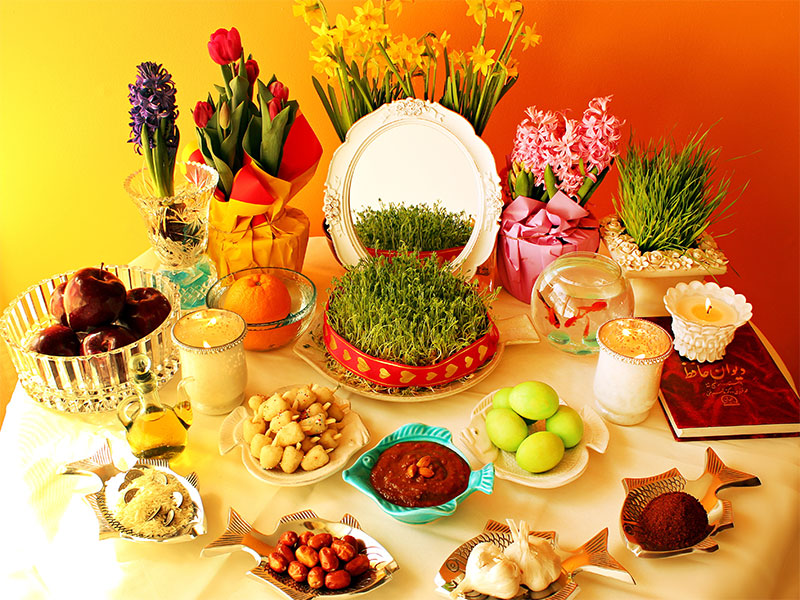
Setting “Sofreh Haft Seen” or Haft seen tabletop is an interesting custom of Nowruz.
Mehregan
Autumn starts with the month of Mehr (the seventh month of the year) in Iran, and its 16th day is called Mehregan, which is the celebration of light, friendship, kindness, and love in the Avestan calendar. Mehr means sun in Persian culture, which is said to be the eye of Mitra, the goddess of light. It is also Thanksgiving Day for Iranian farmers.
In ancient times, Mehregan was harvest day, and some crops were gifted to the king. People spend this day visiting their loved ones, especially the ones that have been missed for a long time to enjoy the beauty of this vibrant-colored season together, and this celebration used to be among the most prominent Iranian festivals.
One lovely tradition is throwing a handful of noghl (sugar plum) over one another’s heads before exchanging hugs and kisses. Mehregan festival is full of love, light, friendship, and kindness.
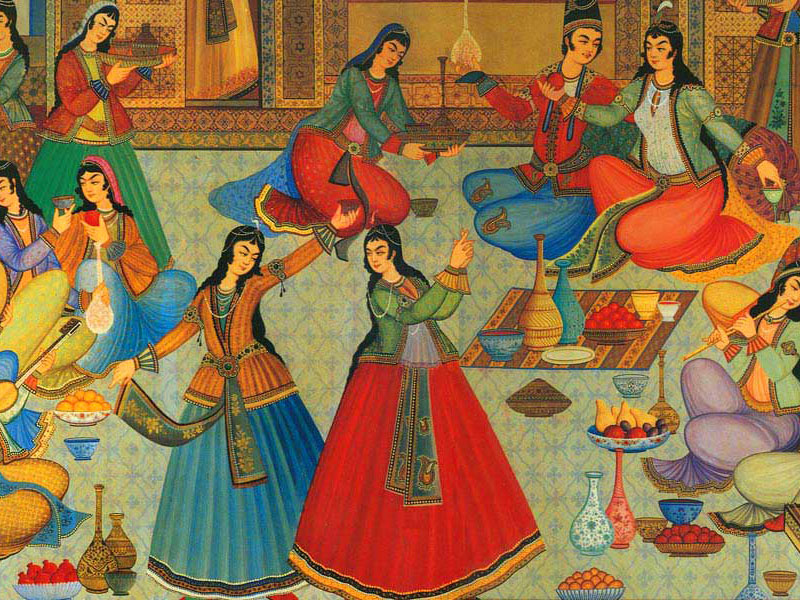
A painting on the celebration of Mehregan, a Thanksgiving Day for the Iranian farmers.
Shab-e-Yalda (Yalda Night)
Shab-e-Yalda (Yalda Night), also known as Shab-e Chelleh, is one of the most ancient Iranian festivals annually celebrated on December 21 by Iranians worldwide. It is the last night of autumn and the longest night of the year. Yalda means birth, referring to the birth of Mitra, the mythological goddess of light. Since days get longer and nights shorter in winter, Iranians celebrate the last night of autumn as the renewal of the sun and the victory of light over darkness.
On Yalda night in Iran, people gather in groups of friends or relatives and usually at the home of grandparents or the elderly to pass the longest night of the year happily by eating nuts and fruits, reading Hafiz poems, making good wishes, and talking and laughing all together.
The Iranians celebrate this special night by eating nuts, watermelons, and pomegranates. Some believe that Pomegranate is a symbol of birth and its bright red seeds symbolize the glow of life. Reading poems from Divan-e-Hafiz is another fascinating tradition of Yalda Night. Every member of the family or a group of friends makes a wish and randomly opens the book. Then the eldest member of the family or friends reads the randomly selected poem loudly.
Since the poem is believed to be the interpretation of the wish and the way it would come true, it is fun to interpret the poem and guess the wishes others make. So, autumn’s last and longest night passes happily, and winter’s first great day begins.
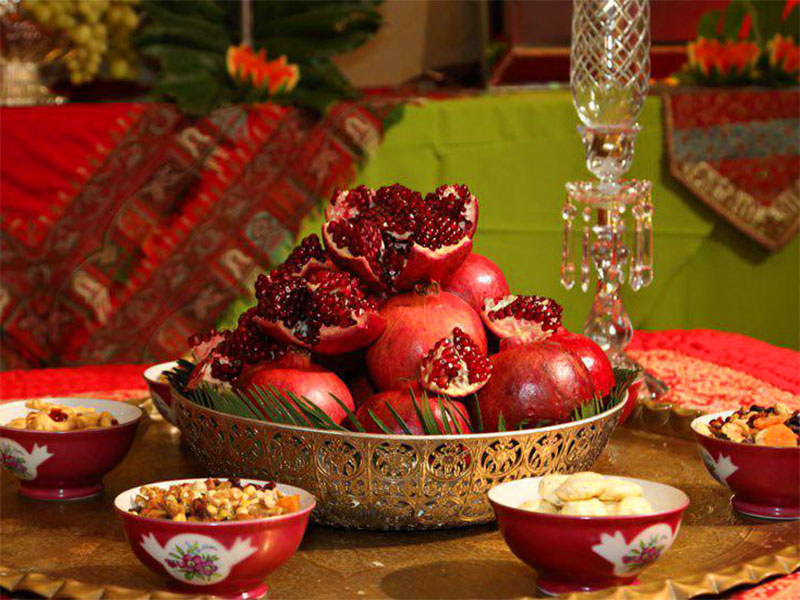
Yalda Night, one of the most ancient Iranian festivals annually celebrated on December 21.
Tasua and Ashura
The days of Tasua and Ashura are the 9th and 10th of Muharram (the first month of the Islamic calendar). Shia Muslims commemorate the battle of Karbala that occurred in 680 AD. The Muslim’ Prophet’s grandson” Hossein” and his 72 relatives and supporters died in this battle. Muharram rituals are an example of cultural-religious ceremonies among Shia Muslims.
They are held annually in the form of a mass movement in Iran. People usually dress in black and rally in the street during Muharram in Iran. Some carry huge metal pieces decorated with flags and lead the crowd. Some beat their drums, some hit their backs with chains, and others accompany the mourning ones.
Many families cook Iranian food that is called Nazri. Then, they distribute Nazri food or drinks among all the people. Tourists can also participate in making food or distributing it.
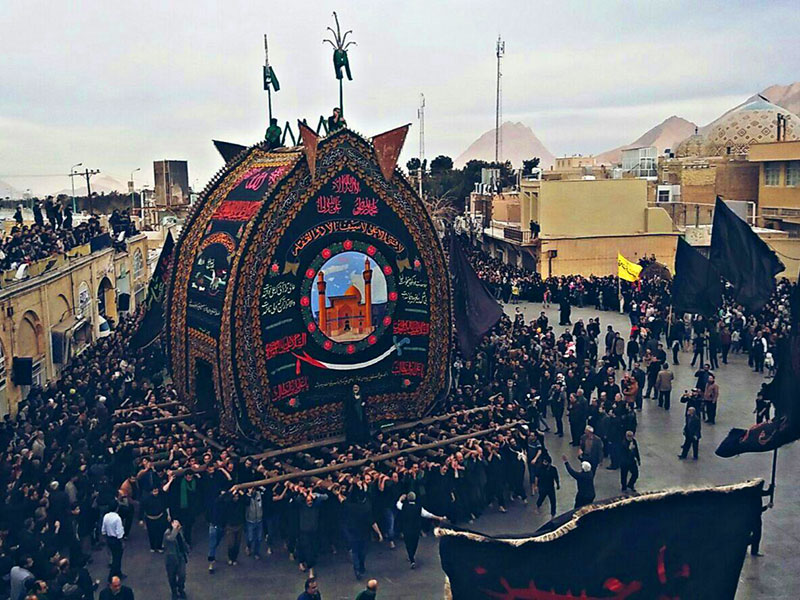
The Nakhl (palm tree) is a huge structure in the shape of a large leaf or the cypress tree which symbolizes the coffin of Imam Hossein and his martyr companions.
Conclusion
Iranian festivals and ceremonies are a vibrant representation of the nation’s rich cultural and historical heritage. These events, ranging from the ancient Nowruz to the solemn Ashura, offer profound insights into the values, traditions, and communal spirit of the Iranian people. They serve not only as a means of preserving and celebrating Iran’s diverse cultural identity but also as opportunities for social cohesion and reflection. Ultimately, these festivals and ceremonies highlight the enduring importance of cultural rituals in fostering a sense of unity and continuity within Iranian society.
If you have decided to travel to Iran, get more information on Iran visa.

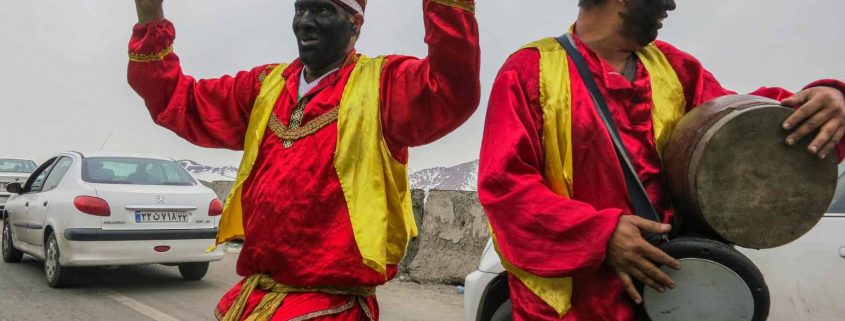

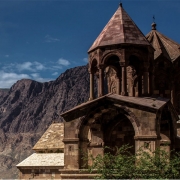
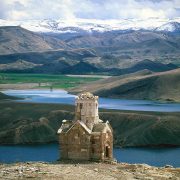

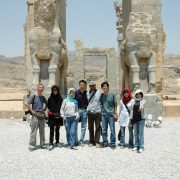
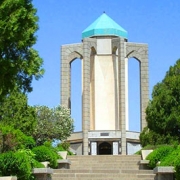




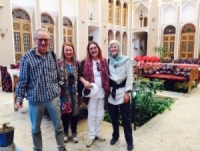

Leave a Reply
Want to join the discussion?Feel free to contribute!